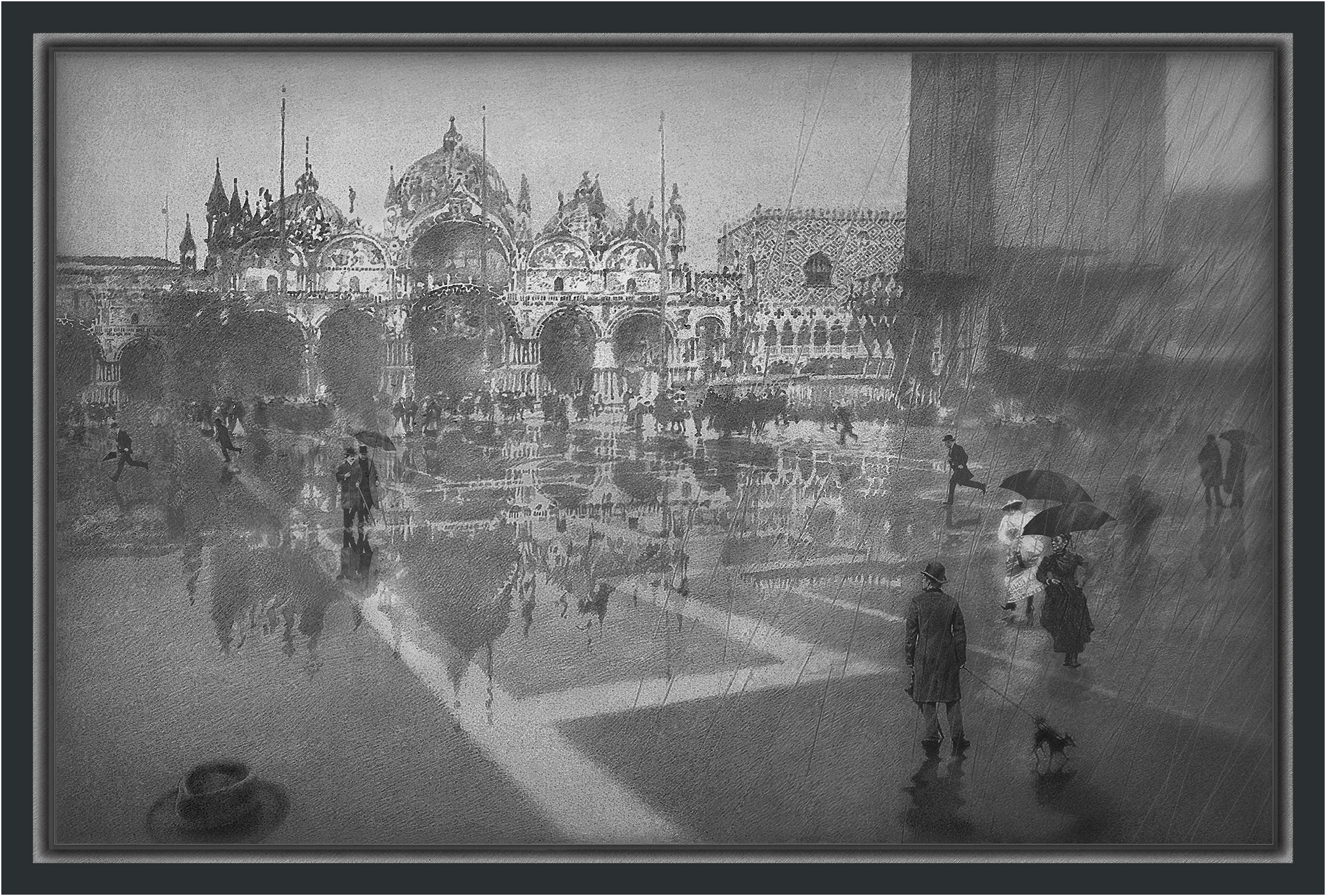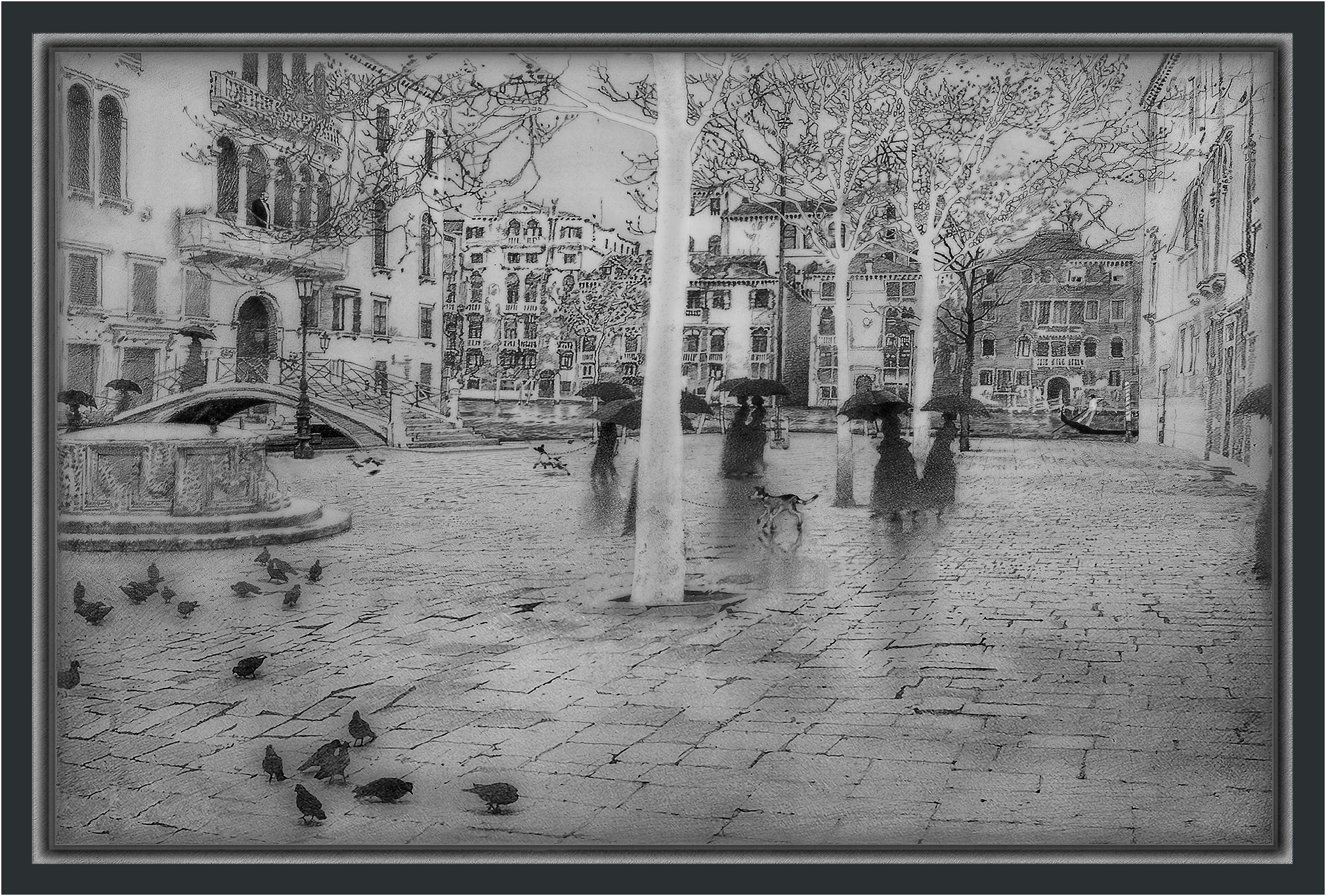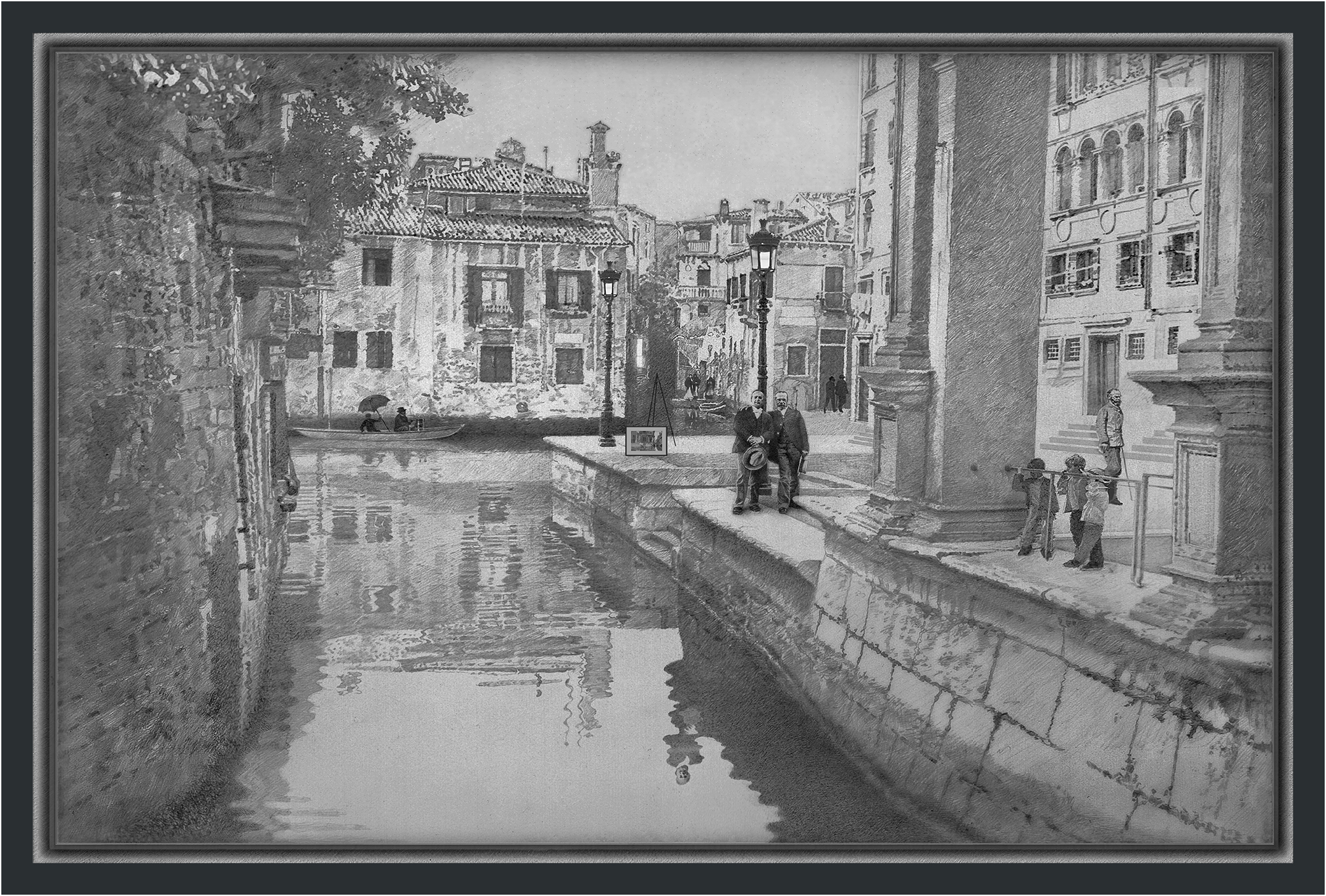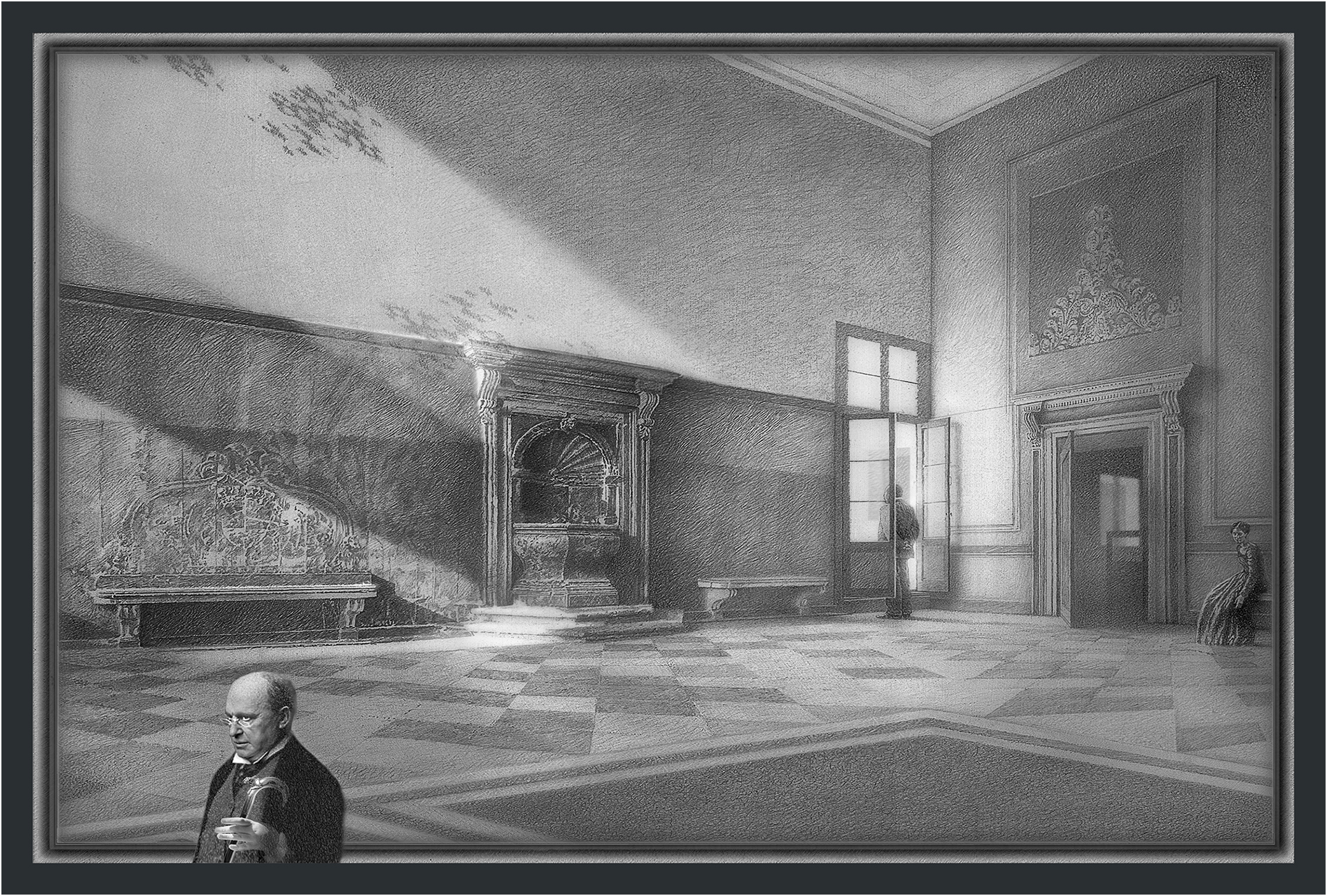Click here to see full zoomable image
Twentieth Century Ltd II (TCL II) is a reworking of my 1998 Points of Departure III which memorialized the 1963 demolition of New York's Penn Station. The first TCL print also imagined an extravagant rescue operation, adding a gentle twist of collegial irreverence toward 20th Century modernism. For further details, turn to my Artist Notes for the previous version of TCL.
This new 2017 version of calamity-run-amock was first thrust upon me by the whole new chapter of our own dismaying times now twenty years beyond the the time of the original TCL image. In order to dramatize the amazing degree to which 2017 is surpassing any earlier demolition of a mere railroad station, I found myself unleashing a thundering set of lightning bolts to join the savage train crashes and the yet another careening in. This is the latest offering for the ever-growing oeuvre of images from an increasingly committed catastrophist.
I have now combined the running Marcel Duchamp with an equally commanding and audacious Louise Bourgeois. She is busy with an imagined twin, an irony originally suggested by the title of her 1946 construction,"The Blind Leading the Blind”. She is sending forth a stealth variant of one of her towering avenging spiders. Duchamp is carrying the crack and breaks from a shipping accident to his "The Big Glass" which he then perversely decided to like; and also carries my future Y2K Millennium variant on his "Box in a Valise” series, with its pointed designation of "The Exterminating Angel".
Art is Truth and lies are not. My phantom duo arrive from another period of difficult times with this smoking message for our own growing legion of the aghast and repelled. Here I am speaking of the explosive "9/11" strikes upon the Two Towers. The pair's animated presence is anticipating the arrival of the first responders. As I write, the first indictments have just been issued.
Peter Milton










